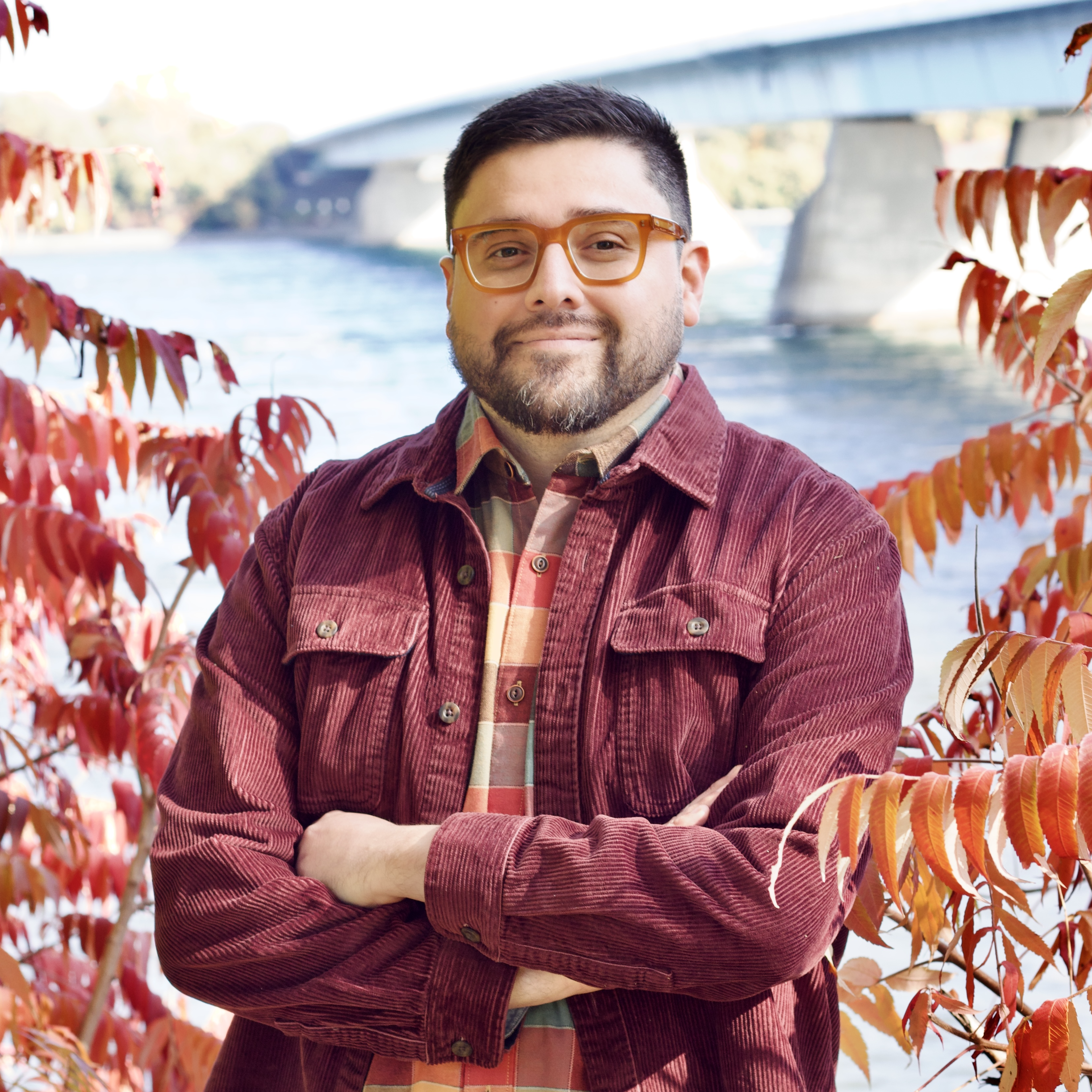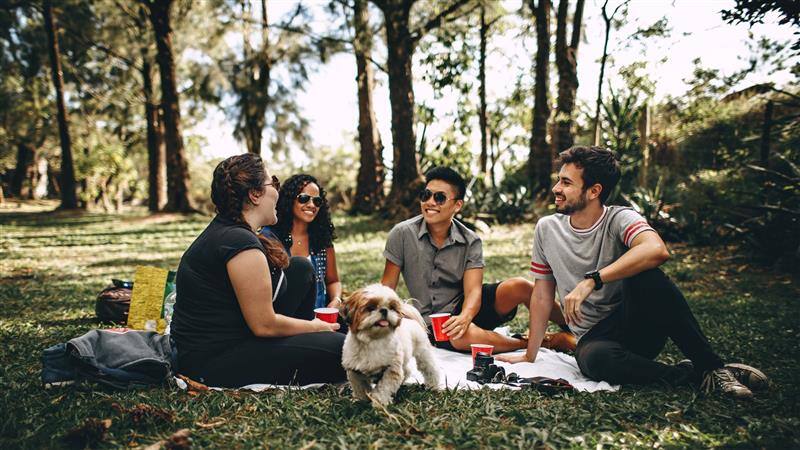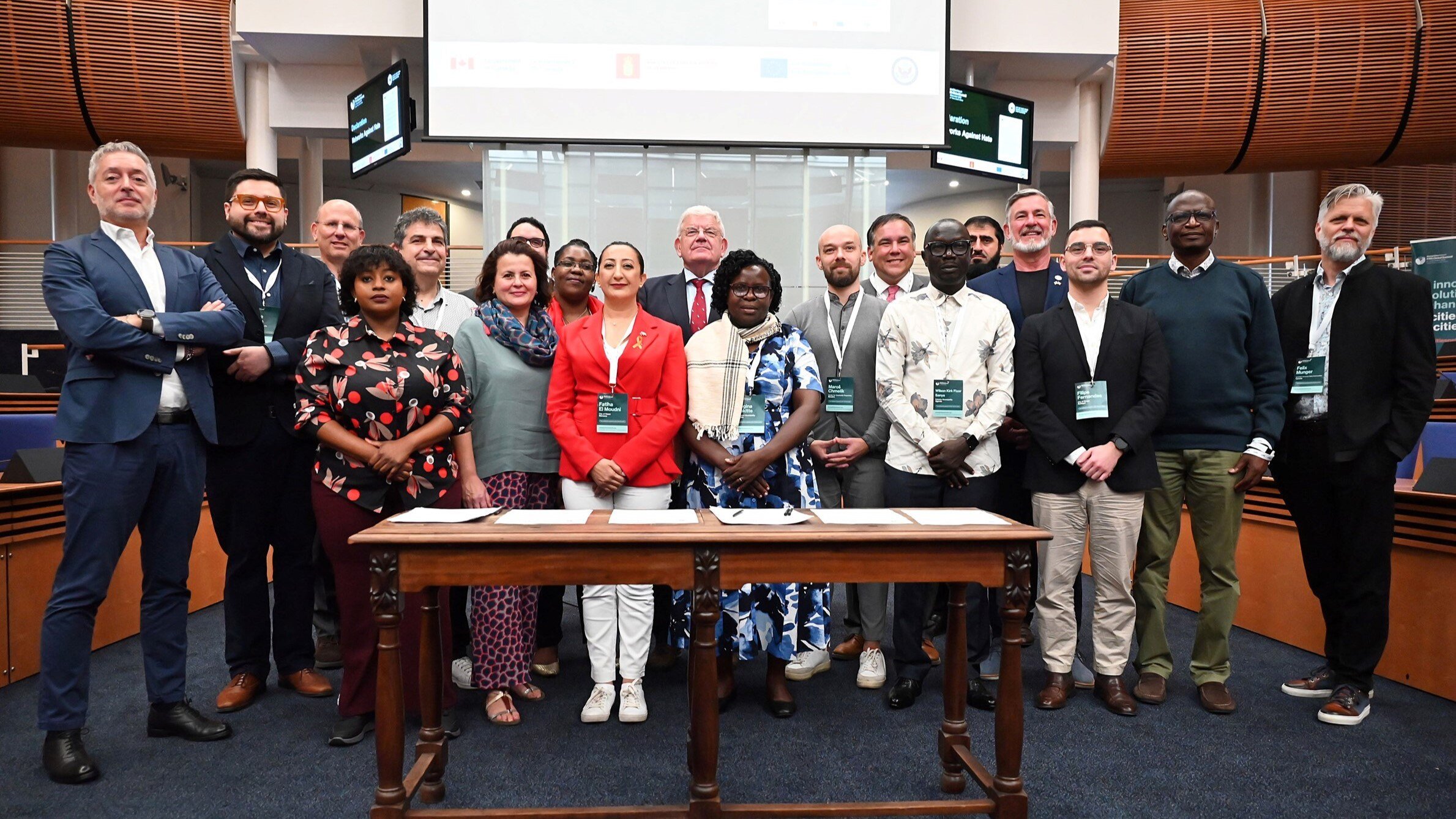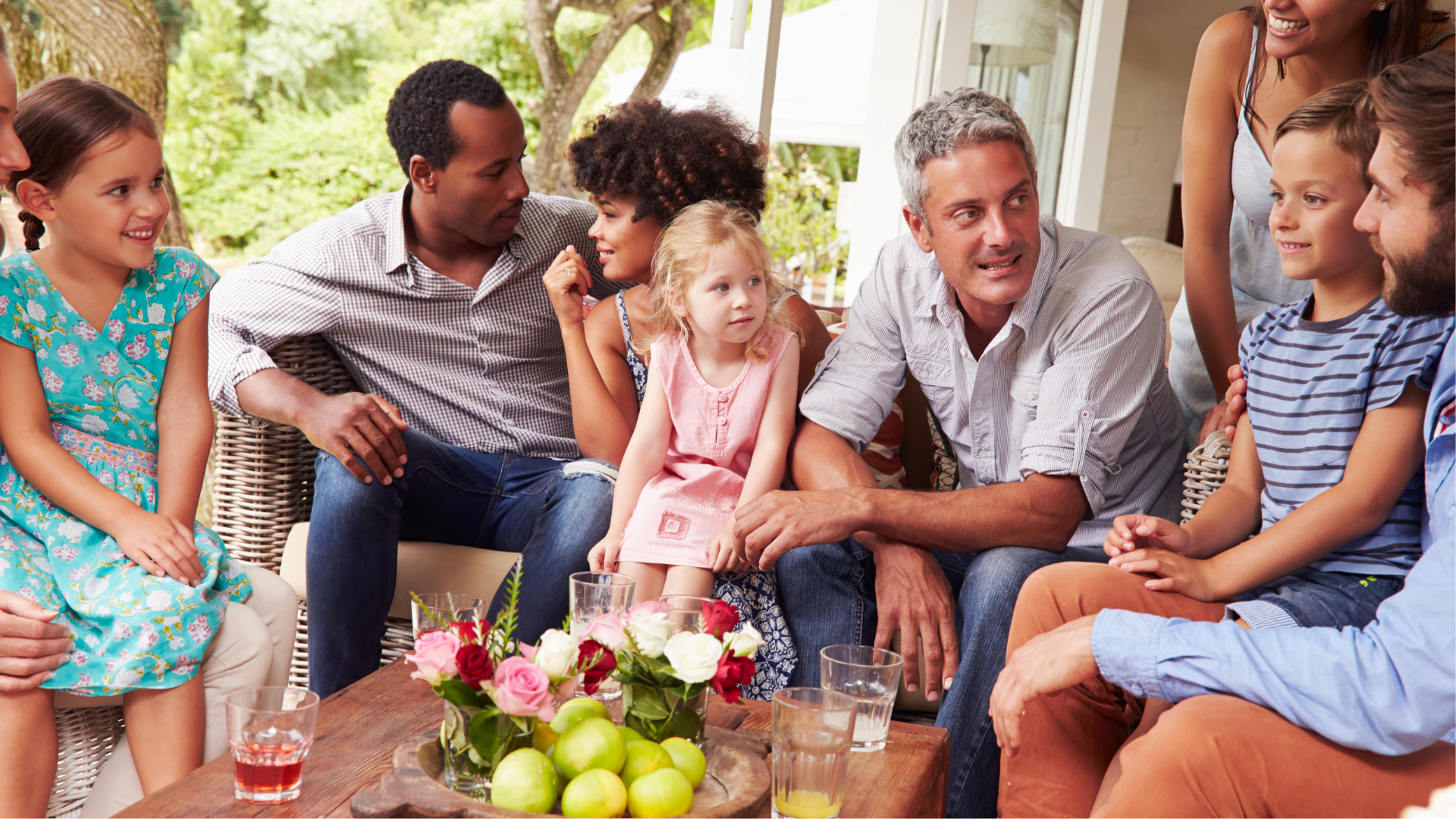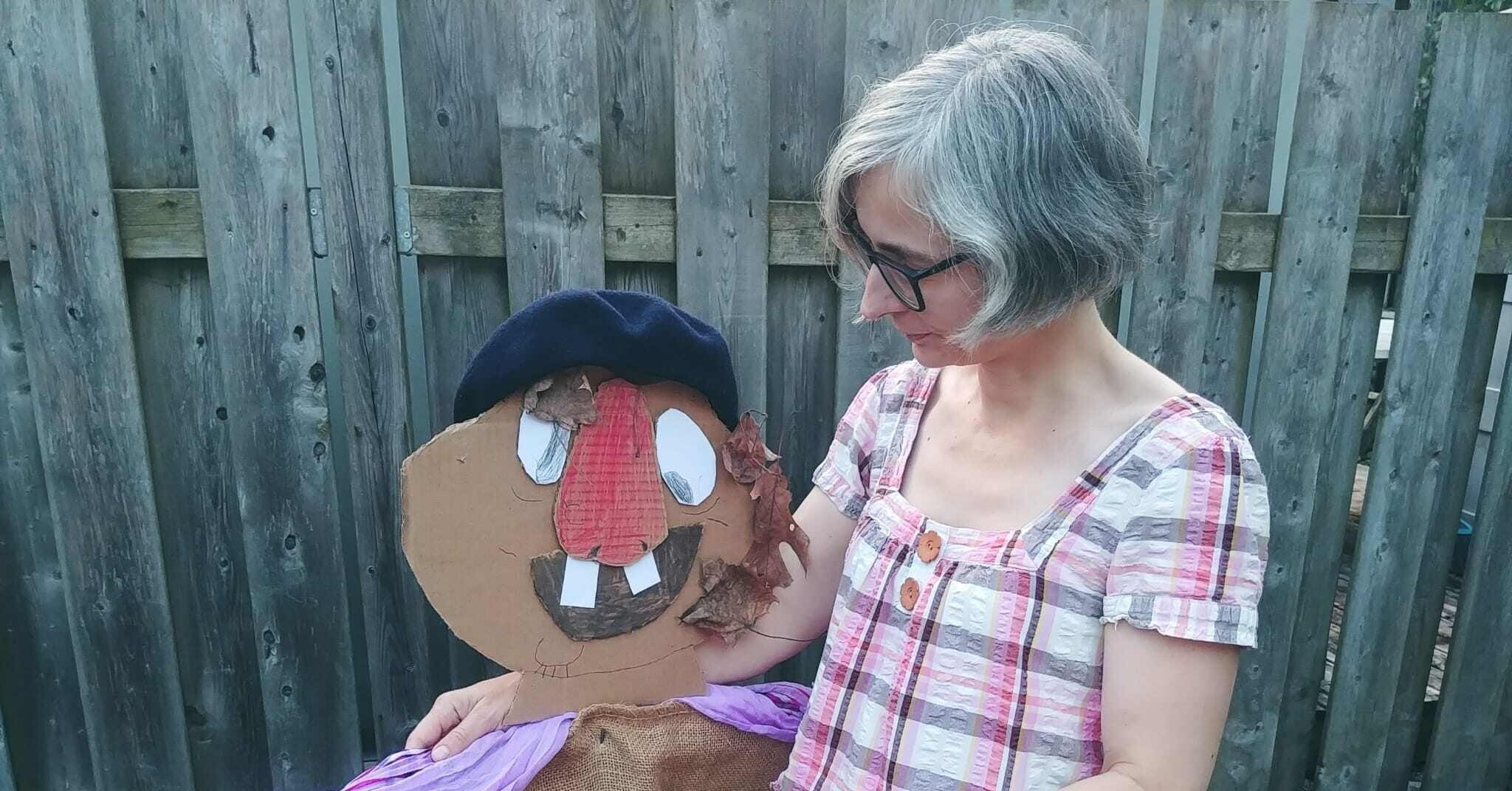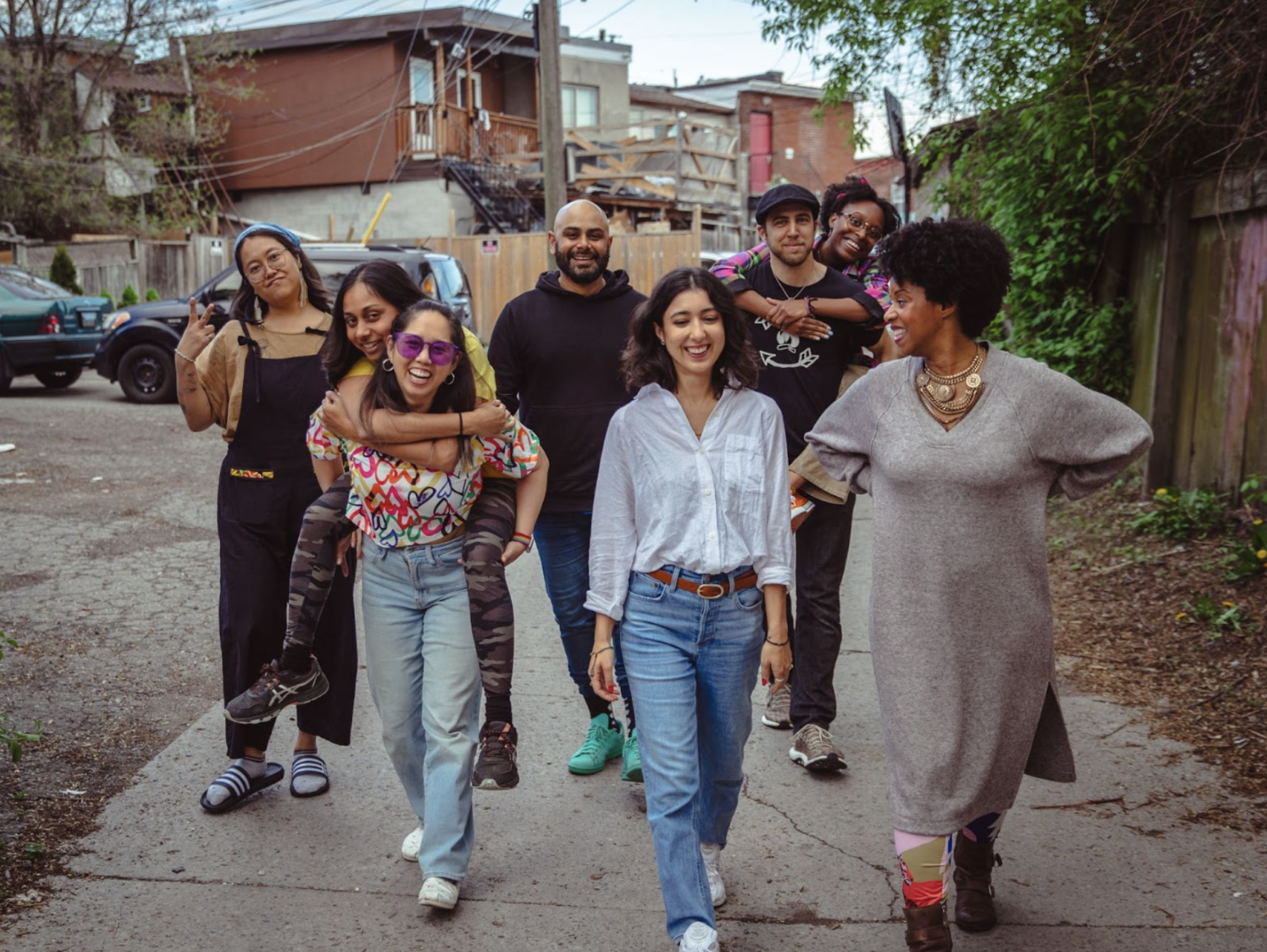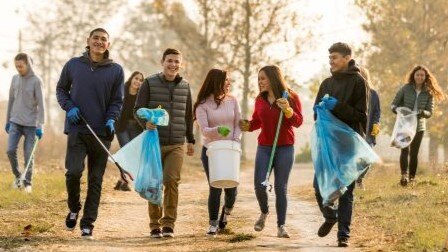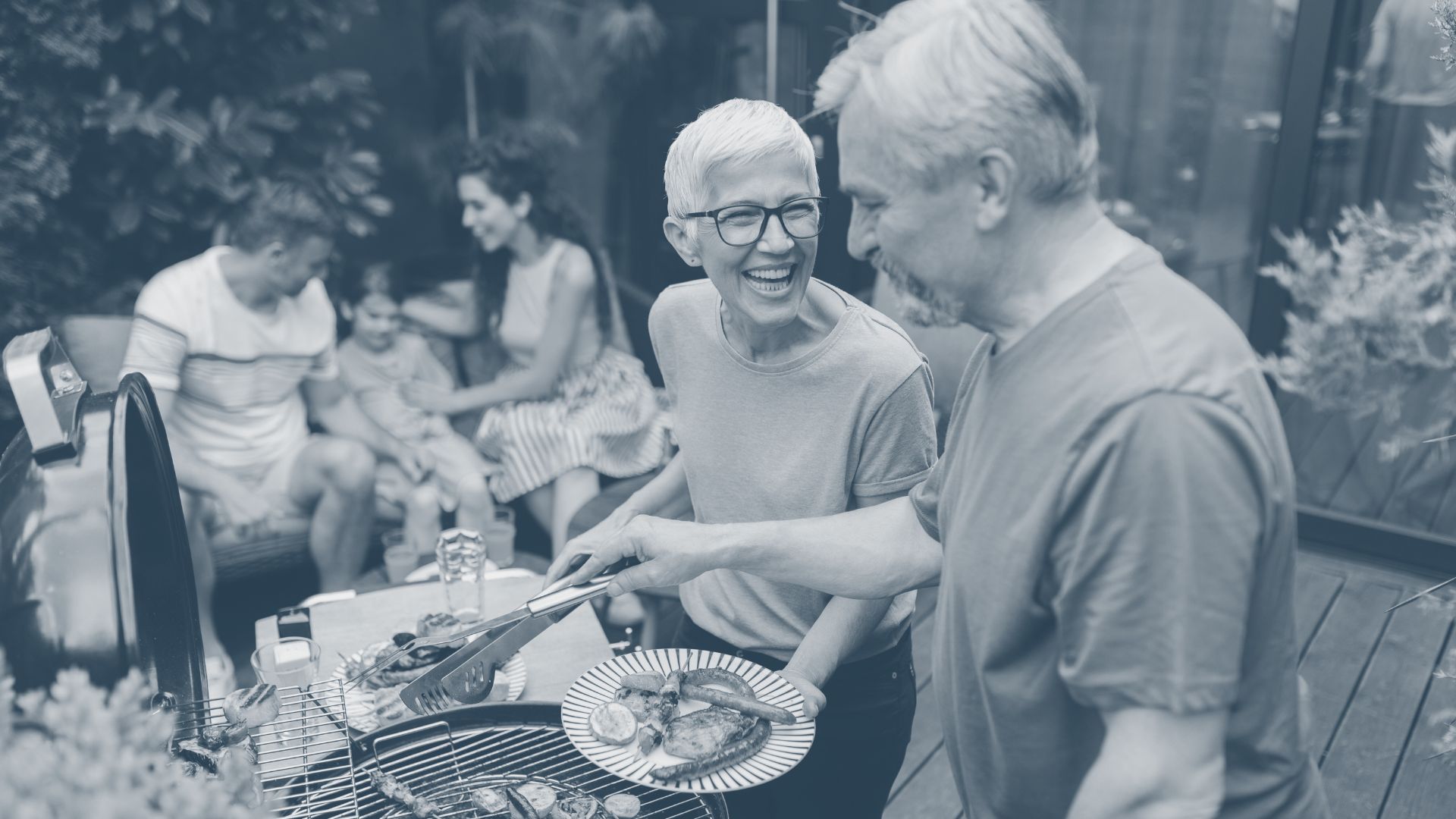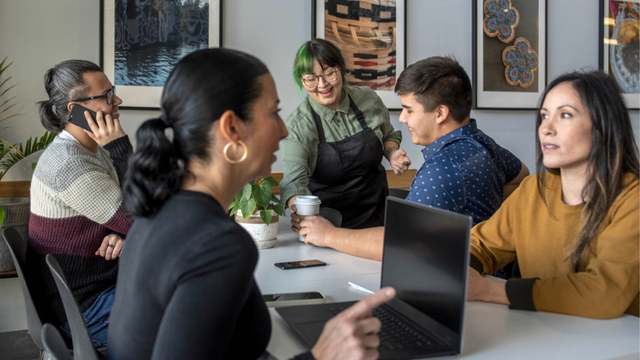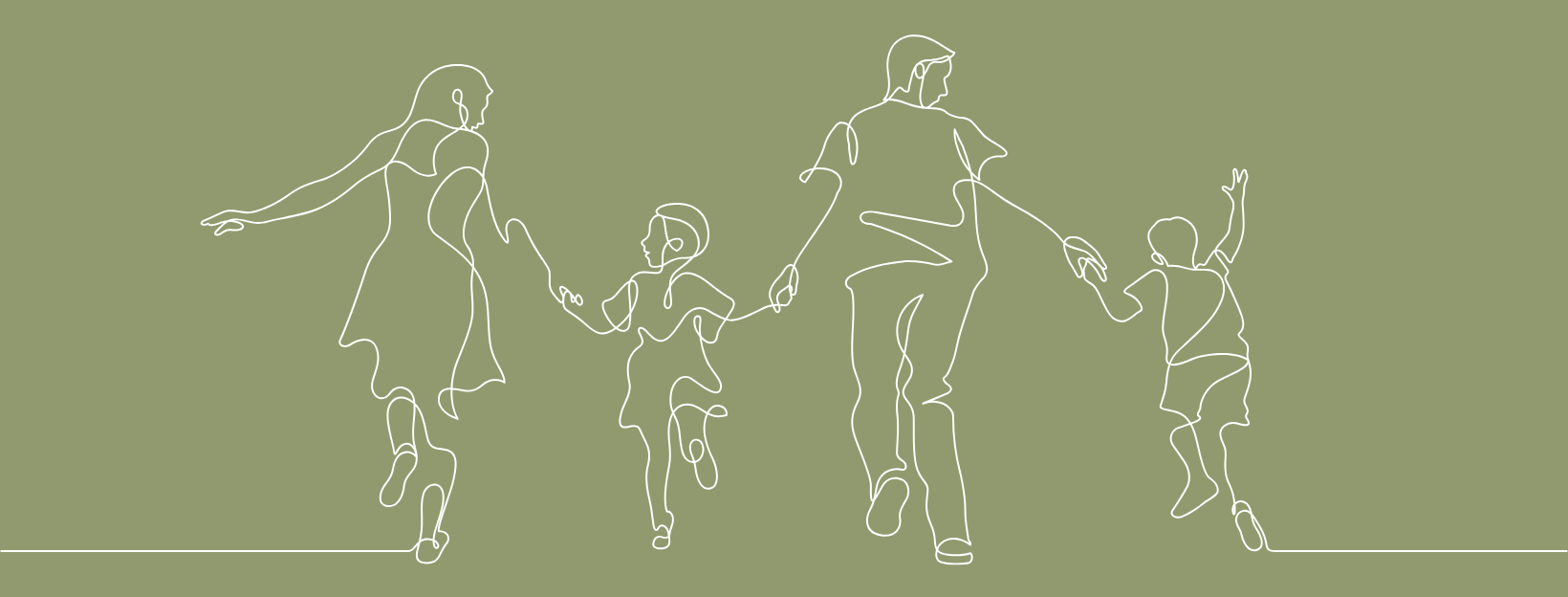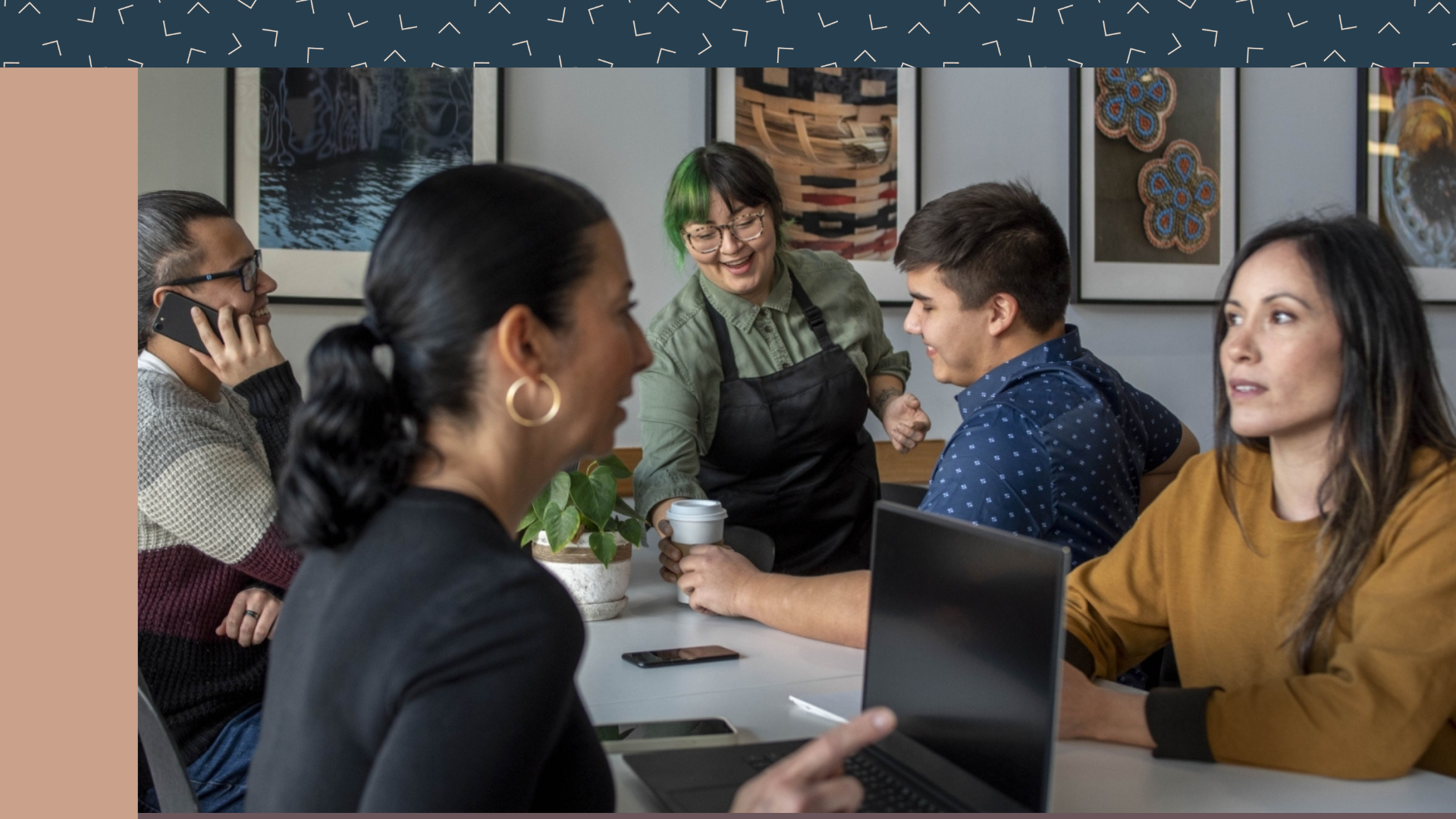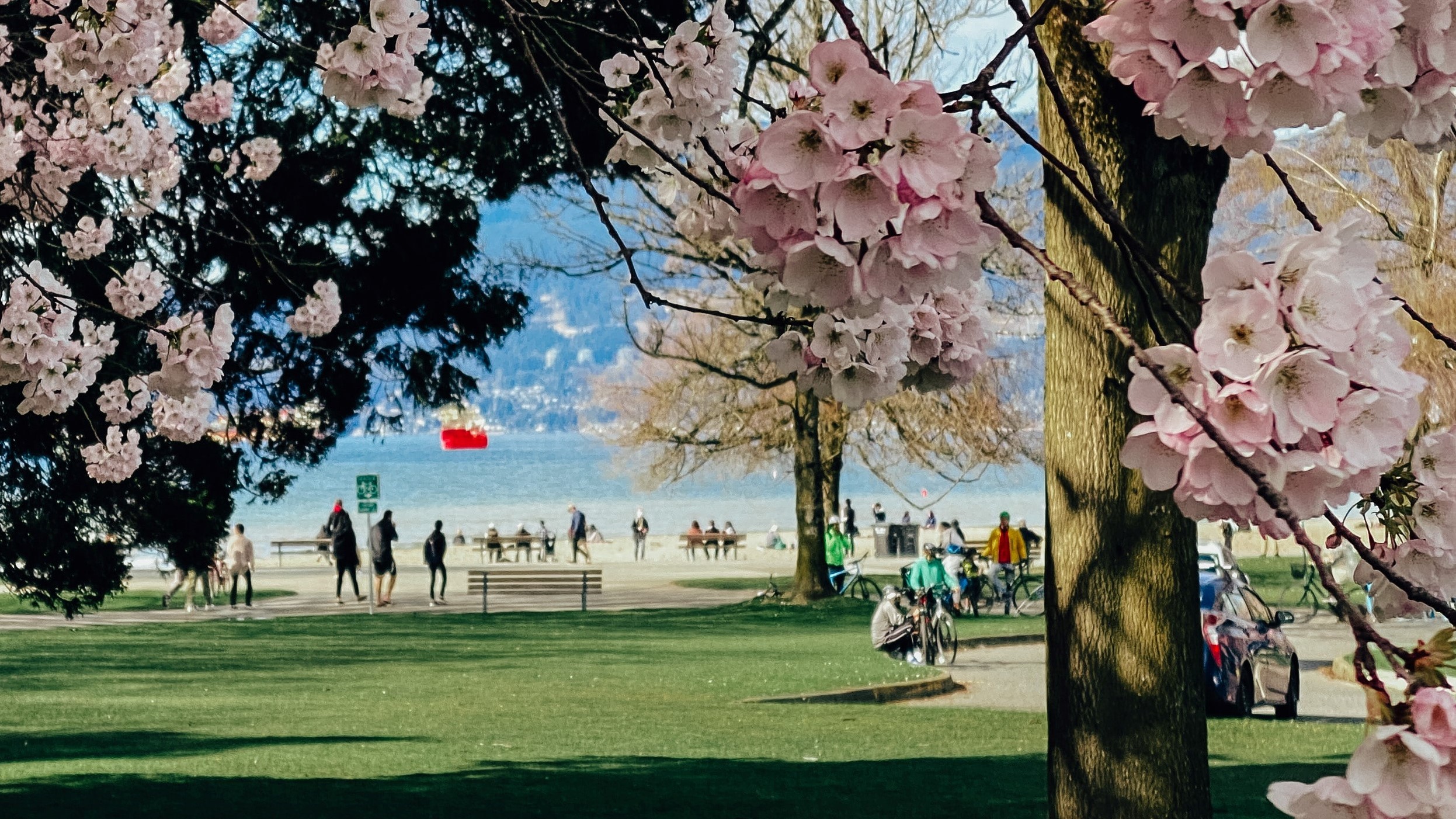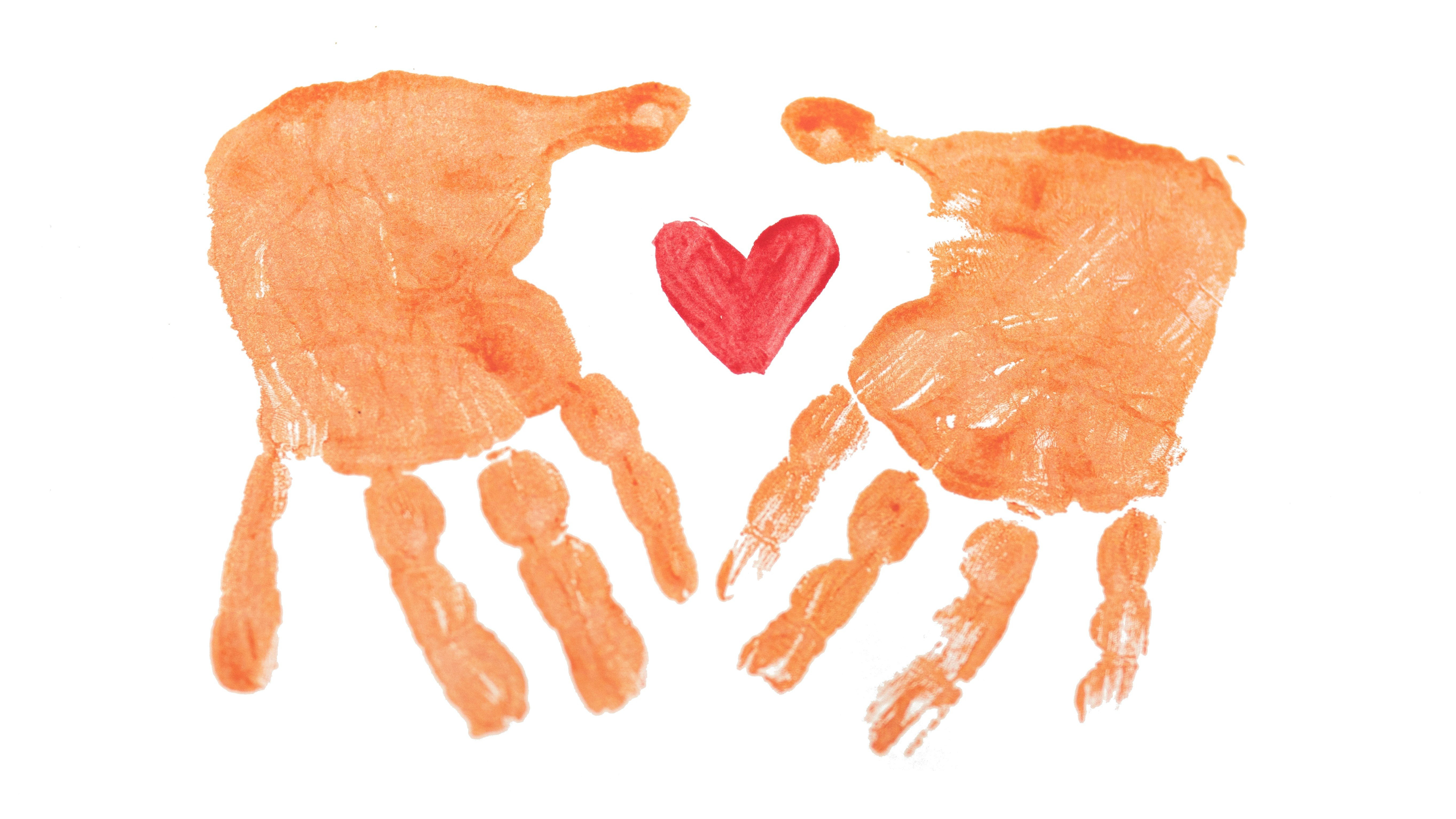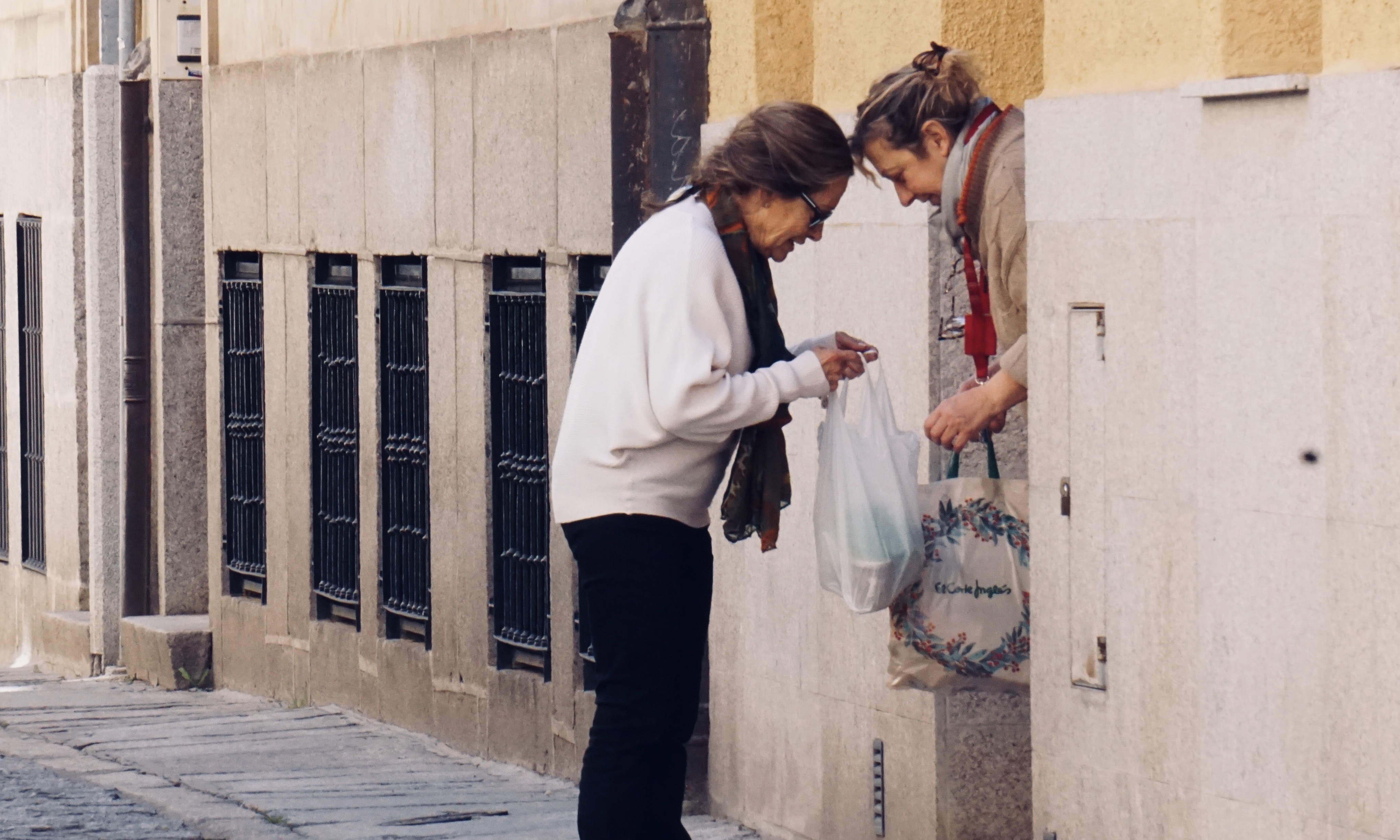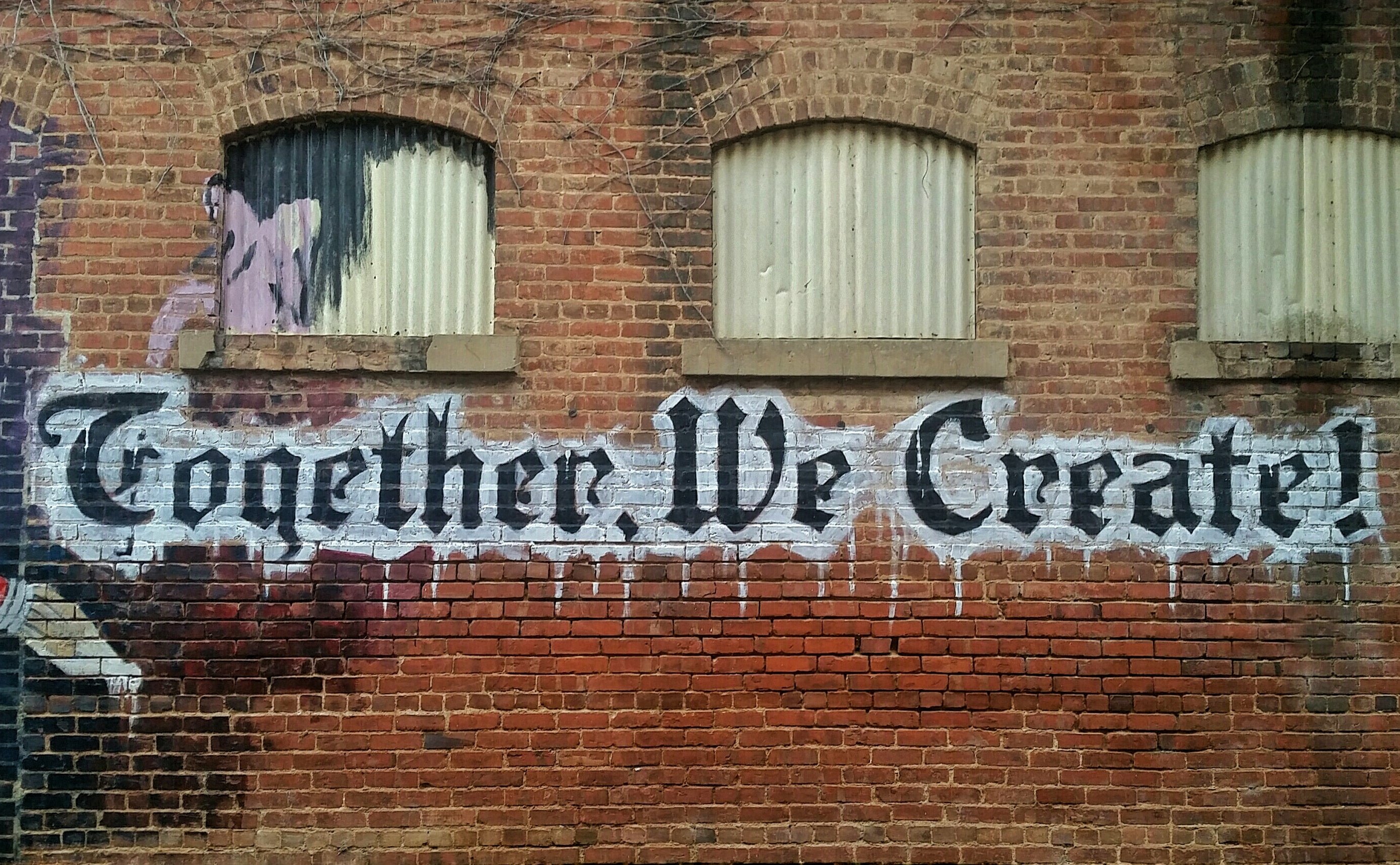The Tamarack Institute is a registered Canadian charity dedicated to ending poverty in all its forms, for good. We support real people and invest in real communities for long-term change.
Photo Caption: The Tamarack Institute joined a group of local governments and civil society representatives from around the world to endorse the Strong Cities Network’s Declaration of Networks Against Hate in Cape Town, South Africa. Photo credit: Strong Cities Network.
In the heart of South Africa’s vibrant city of Cape Town, the Strong Cities Network convened its Fifth Global Summit to address the rise of polarization, hate, and extremism globally. The event took place from December 3 to 5, 2024, and brought together local governments and civil society organizations to engage in conversations on how cities are preventing and responding to these issues.
The Tamarack Institute joined a Canadian delegation representing diverse perspectives, including governments, police service, and nonprofits. Tamarack participated in a panel discussion on the role of urban design in building social cohesion and belonging. We also reaffirmed our commitment to building belonging by signing the Strong Cities Network’s Declaration of Networks Against Hate, which advocates for the development of local policies for cohesion and belonging, recognizes the role of residents and local governments in building resilience against hate by amplifying voices that promote unity, and advocates for the active role of residents in strengthening democracy.
THE POWER OF BUILDING BELONGING TO REGENERATE COMMUNITY SAFETY
As the world grapples with increasing division and violence, this international gathering underscored the urgent need for unity and collaboration. A central theme that emerged from the summit was the power of belonging to uplift voices and regenerate our social safety net in a post-pandemic world.
By understanding the critical role of belonging to foster collaboration between residents and local governments, we can create more resilient communities that are less susceptible to extremism and hate. When residents feel valued and that they belong to their communities, they are less likely to turn to violence or hate as a means of expressing frustration.
|
“The greatest asset in every city are the people themselves” - US Delegate at the Strong Cities Network’s 2024 Global Summit in Cape Town, South Africa. |
BELONGING AS THE SOLUTION TO POLARIZATION AND HATE
Small, mid-sized, and big cities are on the frontlines of the global crises of our time, particularly the rise of polarization and extremism. Our communities are also places where diversity and innovation can thrive. Cities are not just microcosms of the world but also laboratories for change, where innovative ideas and practices for building belonging can be developed and scaled.
By cultivating a renewed sense of community belonging, cities can create a strong social fabric that can act as a buffer against division and radicalization. This sense of community belonging, which is deeply rooted in both individual and shared experiences, values, and aspirations, can enable residents and governments to address global challenges through place-based solutions.
|
“We (local governments) are the consciousness of the local community. We need to transfer this consciousness to the international community” - Delegate from Syria at the Strong Cities Network’s 2024 Global Summit in Cape Town, South Africa |
CONSIDERATIONS FOR RESIDENTS AND (LOCAL) GOVERNMENTS TO FOSTER BELONGING AND COMMUNITY SAFETY
We are at a critical time in which building trust across governments, residents, and sectors, is essential to rethink how we choose to shape our shared future. Our decisions in the present will have impactful consequences for generations to come and will play a unique role in driving civic action. Below are five considerations for residents and (local) governments on cultivating a renewed sense of belonging and community safety into their work:
-
Deepen place-based partnerships that are co-led by equity-denied residents and recognize the value of cross-sector collaboration for project resilience.
-
Steward a whole-of-society approach to building belonging that is deeply local and globally interconnected.
-
Mobilize society toward celebrating diversity and regenerating our social fabric through knowledge mobilization, collaboration, and experimentation.
-
Acknowledge and strengthen the critical role of field catalysts in accelerating action and deepening impact.
-
Inspire new ways of leading to ignite safety through storytelling, futuring, and trust-building.

Photo caption: Jorge Garza (right) joined a group of practitioners during a panel discussion on the role of urban planning and design to strengthen social cohesion and belonging in cities. Photo credit: Strong Cities Network.
future directions
Moving forward, we will explore these considerations in detail through our Communities Building Belonging network in partnership with local governments and changemakers from across North America. Specifically, we want to ignite courageous conversations with inspiring leaders through our Community Safety Community of Practice on the role of residents and local governments in building safer, stronger, and regenerative communities of belonging. The new dates and speakers will be announced in the new year.
We will also continue to champion for a Canada-wide Strategy for Belonging that centres the voices of equity-denied residents into conversations on making community belonging a policy priority in response to extremism, polarization, and loneliness. If you haven’t already done so, please consider signing our pledge for a Strategy for Belonging to stay tuned for updates on future conversations that will shape the development of this movement and its connections to key Quality of Life drivers, including community safety and economic prosperity.

Photo caption: Participants reflect on the role of places in building social cohesion during the Strong Cities Network’s Fifth Global Summit. Photo credit: Strong Cities Network
At Tamarack, we are deeply committed to making community belonging a policy priority in response to rising polarization, extremism, and loneliness. We look forward to continuing this work in partnership with changemakers from a place of solidarity, authenticity, and boldness.
|
“Local actions can lead to global change. Never underestimate the power of local actions” - Jorge Garza, Tamarack Institute, commenting on the Strong Cities Network’s 2024 Global Summit in Cape Town, South Africa |
Deepen Your Learning:
- Learn more about the Pan-Canadian Strategy for Belonging
- Read an article about Community Belonging: A Way to End Poverty in Canada



